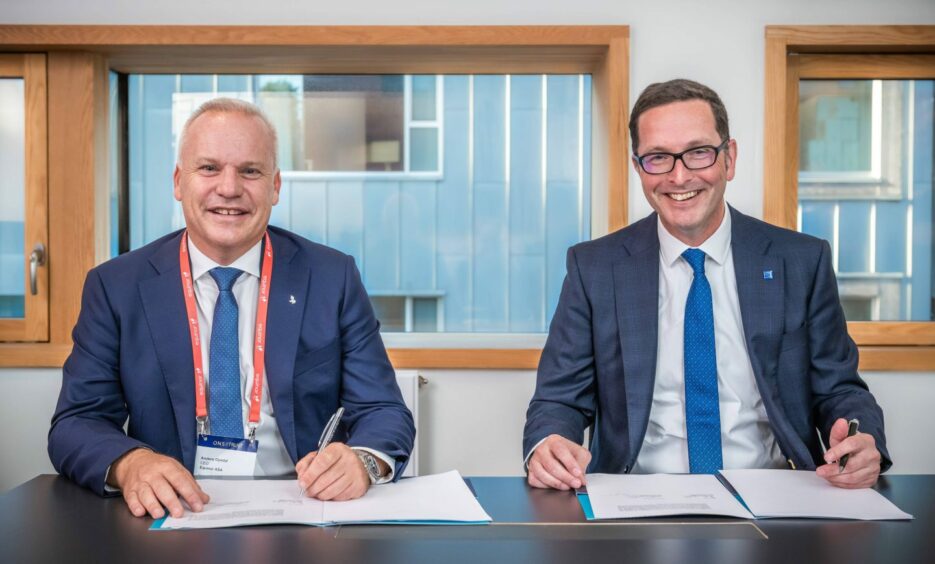
Equinor and Wintershall Dea have partnered up in the development of a Carbon Capture and Storage (CCS) value chain connecting continental European CO2 emitters to offshore storage sites on the Norwegian Continental Shelf.
By 2032 the near 560-mile long pipeline is planned to connect the CO2 collection hub in Northern Germany and the storage sites in Norwayprior to 2032.
The two organisations look to establish the value chain and infrastructure for the safe transportation, injection, and storage of CO2 in suitable reservoirs on the Norwegian Continental Shelf.
With an expected capacity of 20 to 40 million tonnes of CO2 per year, the project could reduce twenty per cent of all German industrial emissions per year.
The project will also consider an early deployment solution where CO2 is planned to be transported by ship from the CO2 export hub to the storage sites.
The Norwegian-German (NOR-GE) CCS project aims to make a vital contribution to reducing greenhouse gas emissions in Europe.
Signed at the ONS conference, the deal intends to connect Germany, the largest CO2 emitter in Europe, and Norway, holding Europe’s largest CO2 storage potential.
Wintershall Dea and Equinor also plan to jointly apply for offshore CO2 storage licences, aiming to store between 15 to 20 million tonnes per year on the Norwegian Continental Shelf.
Chief executive and President of Equinor, Anders Opedal, said: “This is a strong energy partnership supporting European industrial clusters’ need to decarbonise their operations.
“Wintershall Dea and Equinor are committed to the energy transition and will utilise the competence and experience in both companies to work with governments and partners to help reach the net-zero target.”
Wintershall Dea chief executive Mario Mehren added: “Wintershall Dea and Equinor will work together to establish technical and commercial solutions for the development of cross-border CCS value chains in Europe and work with governments to shape a regulatory framework that can enable it.
“We will build on our close cooperation and open the next chapter of German-Norwegian partnership.”
Recommended for you

